Category: Ballot measures
-
New York Legislature refers two voting policy constitutional amendments to November ballot
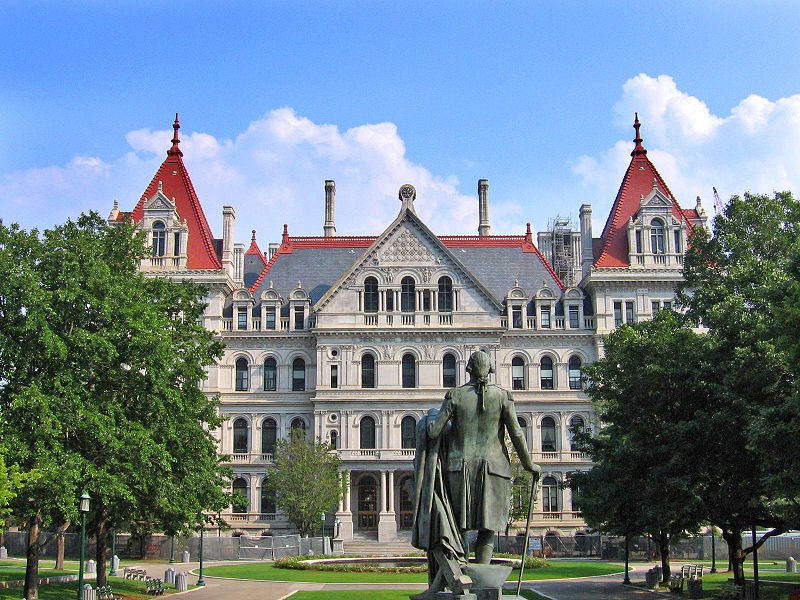
Voters in New York will decide constitutional amendments at the election on November 2, 2021, to authorize no-excuse absentee voting and same-day voter registration. Currently, the state constitution requires voters to be absent from their county of residence, ill, or physically disabled to vote with an absentee ballot. It also requires that persons must register…
-
Arizona to vote on in-state tuition for non-citizen residents in 2022
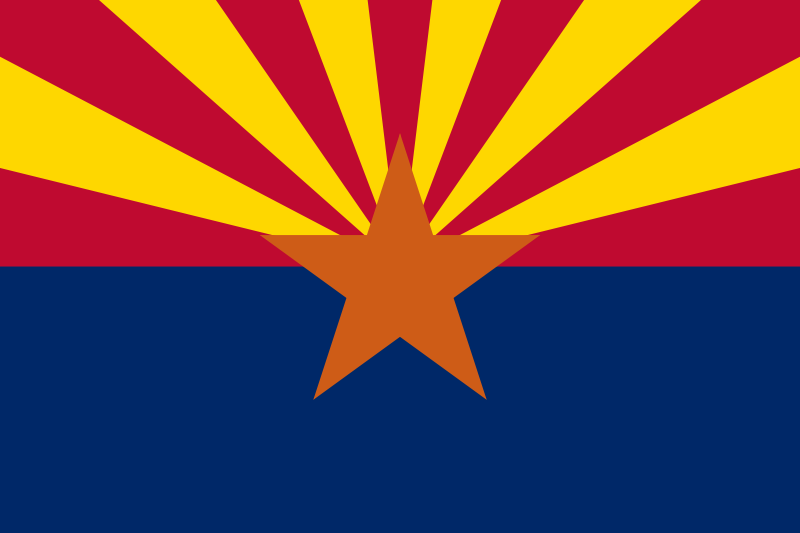
In 2022, Arizonans will vote on a ballot measure to expand in-state tuition to some residents without legal citizenship status. The ballot measure would make in-state tuition available to non-citizen residents who (a) attended school in Arizona for at least two years and (b) graduated from a public school, private school, or homeschool in Arizona.…
-
Florida governor signs bill limiting contributions to ballot initiative petition drive campaigns to $3,000
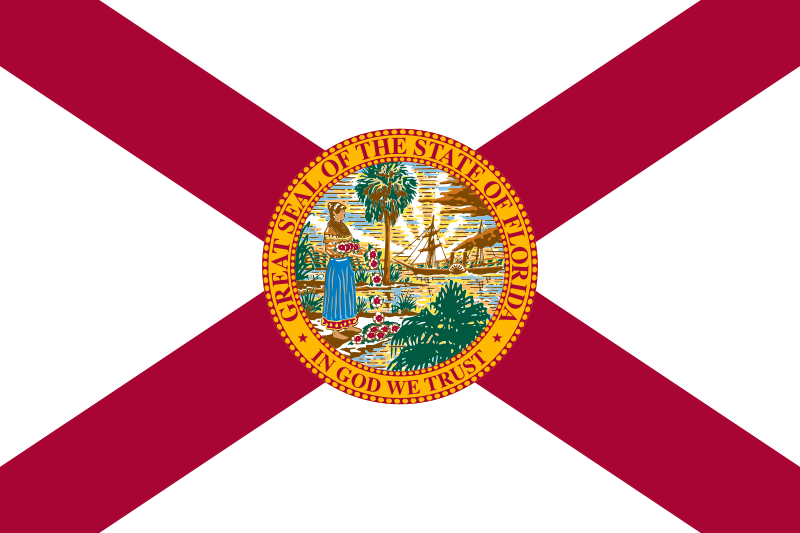
On May 7, Florida Gov. Ron DeSantis (R) signed a bill—Senate Bill 1890—to set $3,000 limits on campaign contributions to committees in support of or opposition to ballot initiatives until the secretary of state certifies the measure for the ballot and assigns it a ballot position and number designation. The bill was designed to lift…
-
Tennessee legislature votes to send amendment providing for an acting governor to the 2022 ballot

On May 4, the Tennessee General Assembly voted to send a constitutional amendment to provide a process, along with a line of succession, for an acting governor when the governor is unable to perform the office’s powers and duties. The ballot measure would allow the governor to provide a written, signed declaration saying that he…
-
Tennessee voters will decide 2022 amendment to remove language that allows the use of slavery and involuntary servitude as criminal punishment

On May 4, the Tennessee General Assembly voted to refer a constitutional amendment to the 2022 general election ballot that would remove language that allows the use of slavery and involuntary servitude as criminal punishment and replace it with the statement, “Slavery and involuntary servitude are forever prohibited.” The ballot measure would also state that…
-
Five constitutional amendments certified to appear on 2022 ballot in Alabama so far
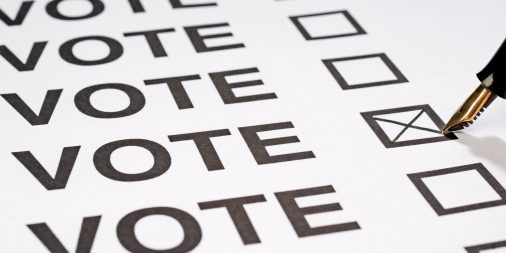
As of May 4, 2021, the Alabama State Legislature has referred five statewide ballot measures to the 2022 ballot. One measure will be on the May 24 ballot. Four measures will be on the Nov. 8 ballot. The legislature unanimously approved four of the amendments. The other amendment, which would ban election and voting changes…
-
Minneapolis group submits signatures for Nov. 2 initiative to replace police department with department of public safety
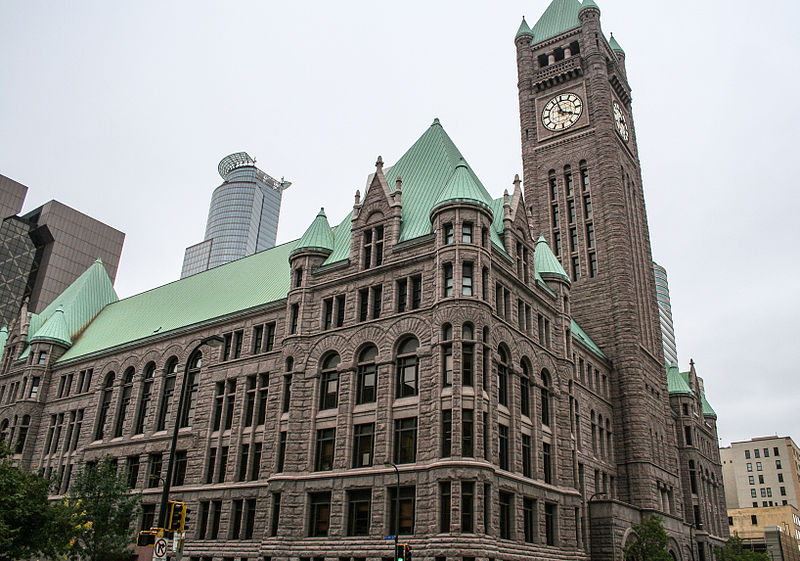
On April 30, Yes 4 Minneapolis submitted over 20,000 signatures for an initiative to repeal and replace provisions in the city charter governing the police department. This initiative would remove language concerning the city’s police department from the city charter, including provisions requiring minimum funding for the department and giving the mayor control over the…
-
Voters pass measure making Lubbock, Texas, the largest city in Texas to ban abortions

Voters in Lubbock, Texas, approved Proposition A by a vote of 62% to 38% on May 1. The measure amended city ordinances to ban abortions within the city and to declare Lubbock a Sanctuary City for the Unborn. Twenty-two other cities in Texas and two in Nebraska have also banned abortions by city ordinance. Lubbock…
-
Arkansas passes bill with multiple restrictions on the ballot initiative process
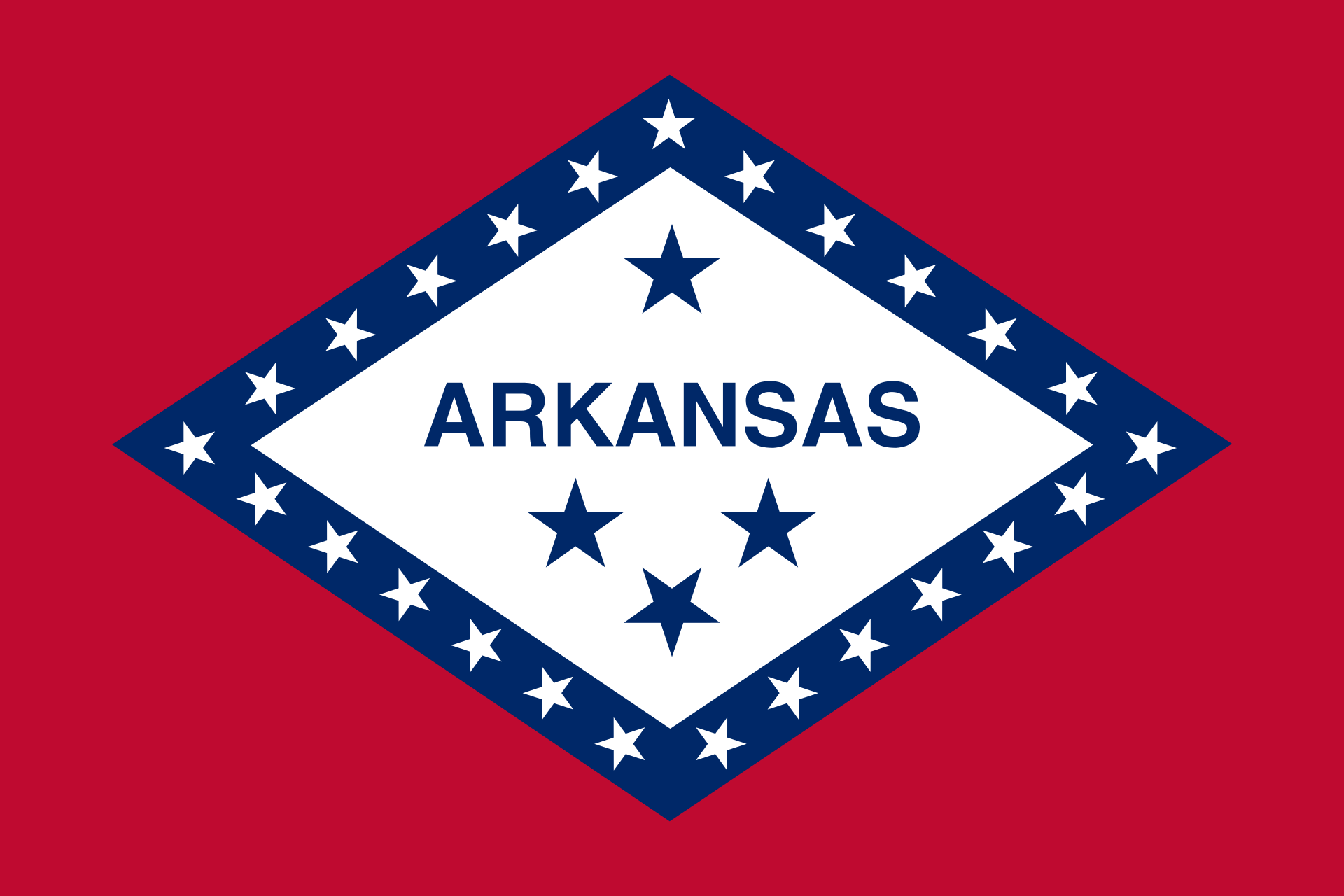
On April 29, Arkansas Senate Bill 614 became law (Act 951). The bill added several restrictions to the state’s ballot initiative and veto referendum process, including to: • ban paying signature gatherers based on the number of signatures gathered, a payment method called pay-per-signature; • require circulators to be state residents and citizens; • add…
-
Austin voters approve five of eight measures, including a sit-lie ordinance, changes to police oversight office, ranked-choice voting

On May 1, voters in Austin approved five measures and defeated three. Proposition A was approved 81% to 19%. It requires the city and firefighters association to participate in binding arbitration. Proposition B was approved 58% to 42%. It prohibits and creates criminal penalties for sitting, lying down, sleeping outdoors, and soliciting money at certain…

